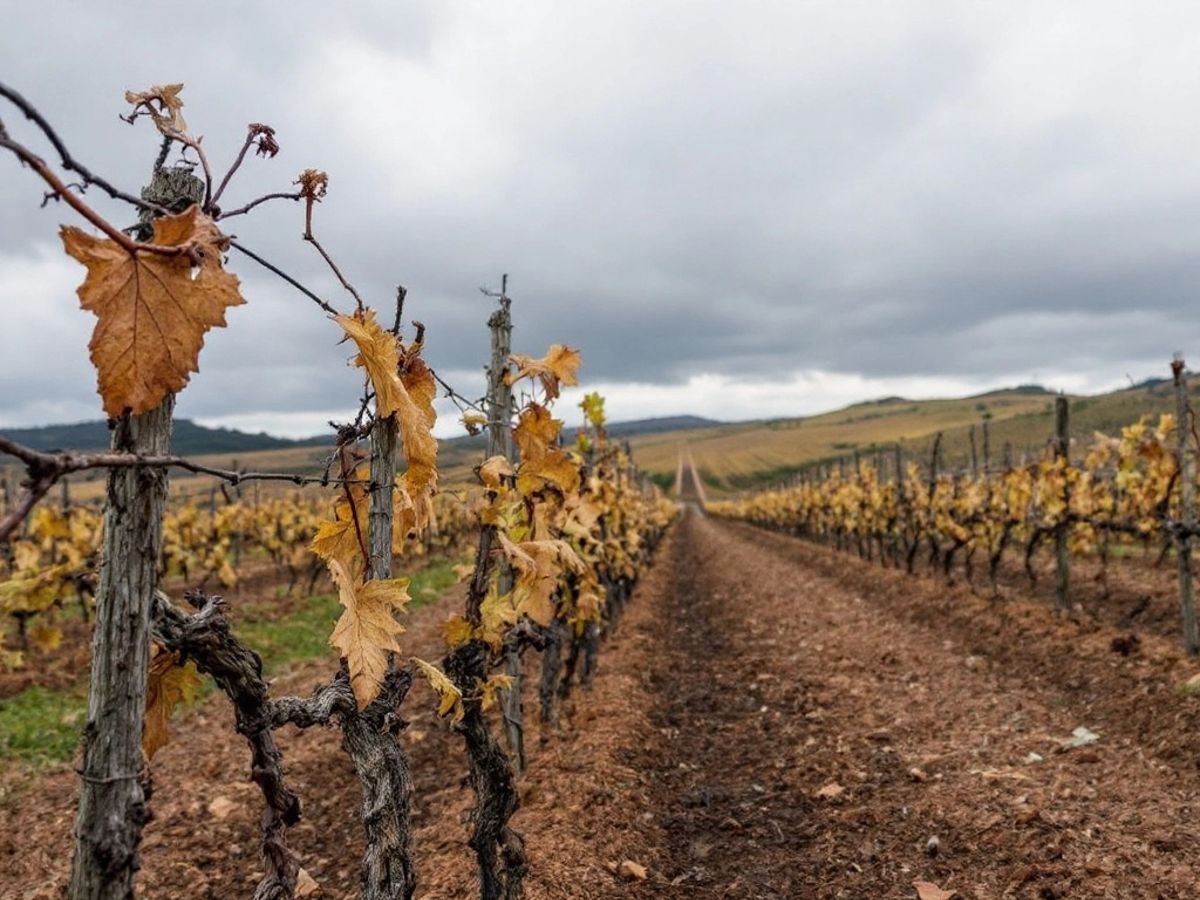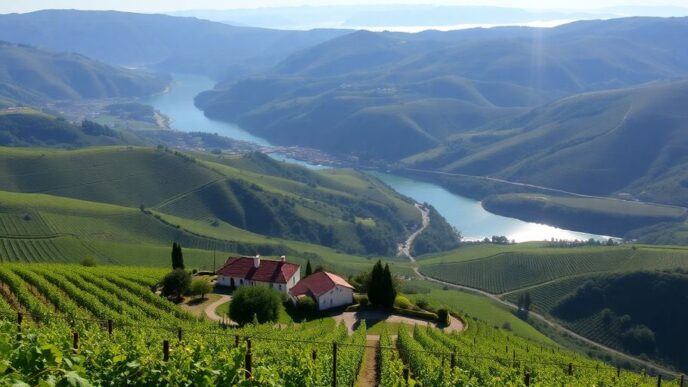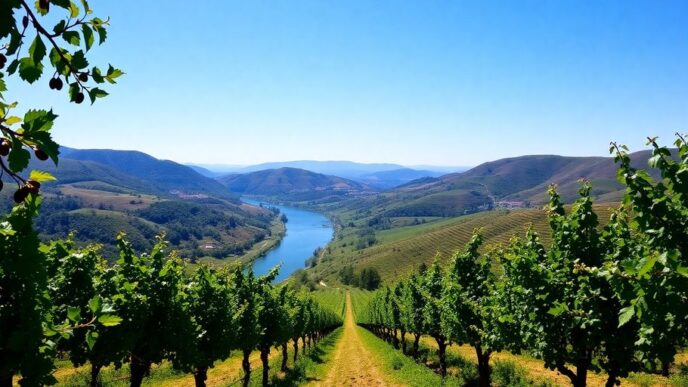The Douro Valley, renowned for its Port wine production, is facing a deepening crisis as winegrowers struggle with plummeting demand and unsustainable economic conditions. The latest harvest has exacerbated the situation, leaving many producers in dire straits.
Economic Challenges for Winegrowers
The Douro Valley, located closer to Spain than to Porto, is home to approximately 20,000 wine producers, most of whom are smallholders with around two hectares of vineyards. The ongoing crisis has led to a significant drop in grape prices, which now fail to cover production costs.
Oscar Quevedo, a local winegrower, highlighted the stark contrast in production costs compared to other countries. In Spain or France, producing a liter of wine costs between 30 and 35 euro cents, while in the Douro, it exceeds one euro, even when maintaining quality.
The consumption of Port wine has seen a dramatic decline, with current sales at only 25% of the volume sold 15 years ago. This has resulted in a surplus of stock in wineries and a continual reduction in production quotas. Many winegrowers are now faced with the grim reality that harvesting their grapes is no longer economically viable.
The crisis affects not just vineyard owners but also the estimated 40,000 to 45,000 individuals whose livelihoods depend on wine production in the region. The steep terrain of the Douro, famous for its terraced vineyards, requires significant manual labor, further driving up production costs.
The economic challenges facing the Douro Valley not only threaten the production of Port wine but also jeopardize the region’s cultural and landscape heritage, recognized as a UNESCO World Heritage site. The landscape is intricately tied to viticulture, and without immediate solutions, the future of many small Douro winegrowers hangs in the balance, with potentially devastating consequences for the region.












